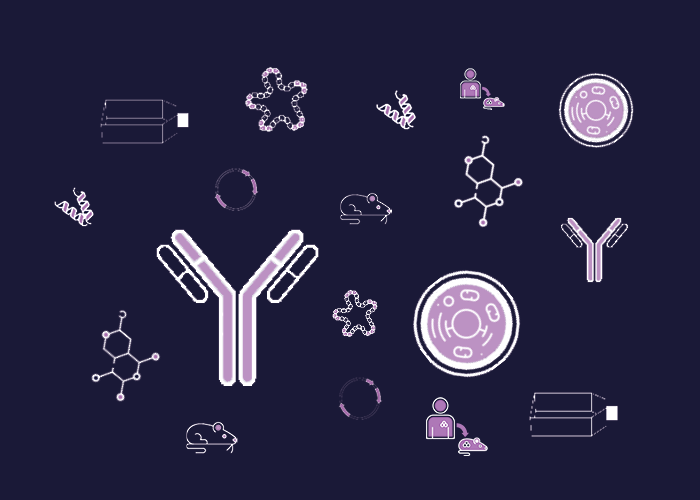
Cat. #152930
Anti-XPA [2A4]
Cat. #: 152930
Sub-type: Primary antibody
Unit size: 100 ug
Availability: 3-4 weeks
Target: XPA
Class: Monoclonal
Application: IHC ; IF ; WB
Reactivity: Human
Host: Mouse
£300.00
This fee is applicable only for non-profit organisations. If you are a for-profit organisation or a researcher working on commercially-sponsored academic research, you will need to contact our licensing team for a commercial use license.
Contributor
Inventor: Rick Wood
Institute: Cancer Research UK, London Research Institute: Lincoln's Inn Fields
Tool Details
*FOR RESEARCH USE ONLY (for other uses, please contact the licensing team)
- Name: Anti-XPA [2A4]
- Alternate name: DNA repair protein complementing XP A cells, DNA repair protein complementing XP-A cells, DNA repair protein complementing XPA cells, Excision repair controlling, Xeroderma pigmentosum 1, Xeroderma pigmentosum complementation group A, Xeroderma pigmentosum group A complementing protein, Xeroderma pigmentosum group A-complementing protein, XP 1, XP1, xpa, Xpac
- Research fields: Genetics
- Clone: 2A4
- Tool sub type: Primary antibody
- Class: Monoclonal
- Conjugation: Unconjugated
- Strain: Balb/c
- Reactivity: Human
- Host: Mouse
- Application: IHC ; IF ; WB
- Description: XPA binds to the Replication Protein A (RPA) and is a core component of the nucleotide excision repair pathway. XPA is involved in one of the complementation groups of the heritable condition Xeroderma pigmentosum, where defects in nucleotide excision repair result in increased susceptibility to mutagens including UV.
- Immunogen: His-tagged recombinant human XPA protein.
- Isotype: IgG1
- Recommended controls: HeLa cell lysate
Target Details
- Target: XPA
- Tissue cell line specificity: HeLa cell lysate
- Target background: XPA binds to the Replication Protein A (RPA) and is a core component of the nucleotide excision repair pathway. XPA is involved in one of the complementation groups of the heritable condition Xeroderma pigmentosum, where defects in nucleotide excision repair result in increased susceptibility to mutagens including UV.
Applications
- Application: IHC ; IF ; WB
Handling
- Format: Liquid
- Concentration: 1 mg/ml
- Unit size: 100 ug
- Storage buffer: PBS with 0.02% azide
- Storage conditions: -15° C to -25° C
- Shipping conditions: Dry ice
References
- HCMV-infected cells maintain efficient nucleotide excision repair of the viral genome while abrogating repair of the host genome.
- O'Dowd et al. 2012. PLoS Pathog. 8(11):e1003038. PMID: 23209410.



